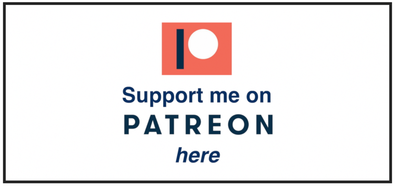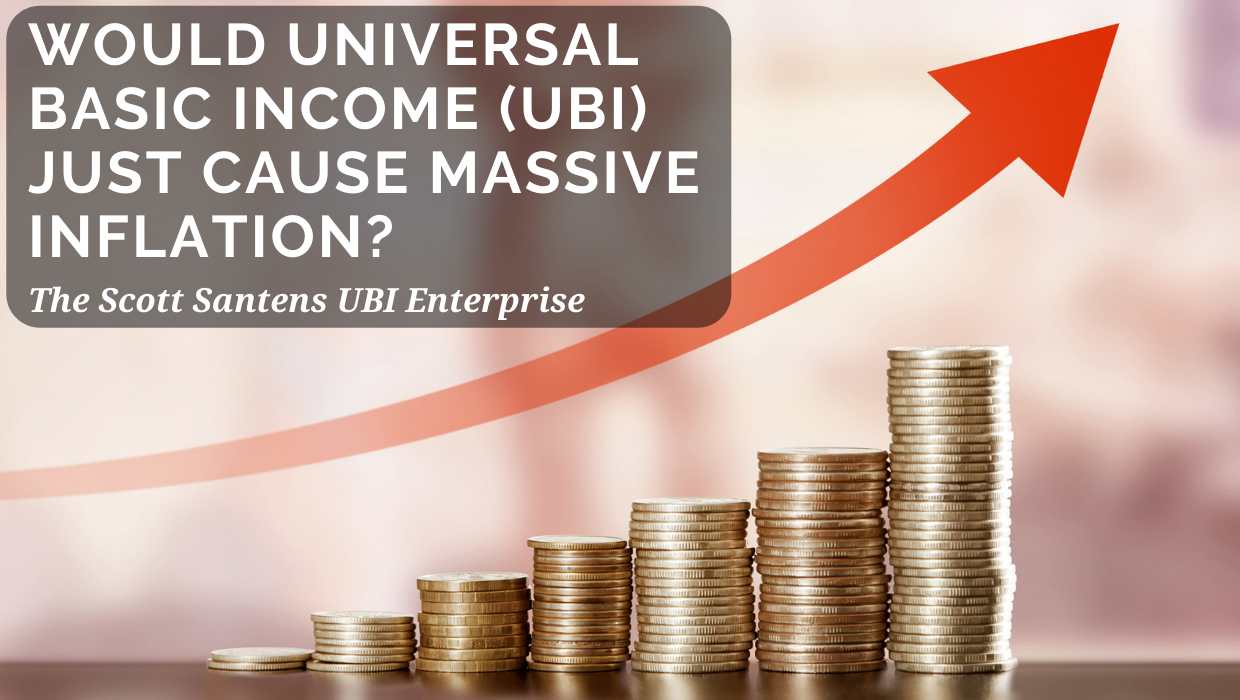Understanding Pandemic Inflation: How to Best Reduce and Alleviate It

It would be a mistake to misdiagnose our inflation as mostly a demand problem instead of mostly a supply problem.
Inflation has become the scariest monster of 2021.
That’s pretty amazing considering how a novel coronavirus has killed upwards of 20 million human beings since a pandemic started, including over 760,000 Americans.
We need to step back and gain some perspective, and we need to honestly diagnose our problems if we are going to actually address them.
First we need to better understand what is actually causing the higher prices we are seeing. Second, we need to use the right tools to reduce them in the short, medium, and long term. And third, we need policies like the child tax credit to protect low- and middle-income families against higher prices in the here and now.
First off, we need to start with inflation itself. What is it?
Inflation is a phenomenon that occurs when total spending in the economy outstrips the real capacity of the economy to meet demand with supply, resulting in rising prices.
Determining Causes of 2021 Inflation
There are two primary pathways for this to happen: either supply falls, so that demand exceeds supply, or demand rises, so that demand exceeds supply. It is generally believed by most economists that some amount of inflation is good, but too much is bad. The sweet spot is widely considered to be a 2 percent annual rate.
When it comes to the inflation we’re seeing right now, we are inside a historically novel event in the history of the world, where a pandemic has occurred within the context of a heavily globalized supply chain, and the virus is taking years to relegate to something more like the seasonal flu.
We were not ready for such a shock to the system. We did not have resilience built into the system. We were essentially sitting ducks, and we are now witnessing the results unfold as a massive supply shock echoes through global supply chains, causing inflation around the world as the ability to meet supply with demand all over the world has been temporarily reduced.
One of the biggest drivers of the supply shock has been a practically overnight shift from a demand for services to goods. As shutdowns rolled across the world, people stuck indoors were prevented from services and so logically turned to goods. People no longer working in offices needed computers for their homes. Kids needed laptops and tablets for distance learning. Families needed to do more cooking at home instead of eating out. People needed more cars as they moved away from cities and used less public transport. The pandemic caused a huge shift in what people felt made the most sense for them to spend their money on.
This huge shift in demand also took place within a context of something called “just in time” manufacturing, where companies that used to have buffer stock on hand to handle fluctuations in demand decided it was more efficient to stop doing that. So when the global economy was stopped and restarted, it was that much more difficult for manufacturers to meet pent up demand.

One of the biggest mistakes by any business sector in the pandemic occurred when automotive manufacturers decided to cancel their orders for microchips.
Instead of banking on people still wanting cars, they bet that people would want fewer cars. The reverse happened.
People wanted more cars, but it was too late. The chip manufacturers had retooled to make chips for other goods, and cars were relegated to the back of the line.
That’s why cars cost so much more right now. It wasn’t because of stimulus money causing people to want second and third vehicles. It was because of a very bad decision by an entire manufacturing sector that meant there just weren’t enough cars for everyone who newly needed one and won’t be for awhile.
Gasoline prices are contributing a lot to the inflation being observed right now too, and that’s not because people with more money are wanting to drive around more. It’s because gasoline production was curtailed in 2020 and it’s not just something that can be switched back on like a light switch, nor do stockholders in US oil companies want to make new investments over dividends and stock buybacks.
Additionally, Saudi Arabia has decided to turn OPEC’s oil spigot back up very slowly instead of just returning to the amount it was producing pre-pandemic in the belief that early next year there will be a surplus of oil. The combined result is higher prices at the pump, for now.
Rents are up right now too, which is again not the result of everyone having more money to spend on rent, but instead the result of Covid. First of all, the construction of new housing was dramatically curtailed by the pandemic, meaning there’s just less new housing available than there otherwise would be. Many people also up and moved, and whenever that happens, landlords are free to raise the rent for those who end up replacing their previous tenants.
Additionally, the eviction moratorium and its end meant that many landlords were both free to raise their rents, and also in the position of wanting to catch up on lost rent. The combination of everything spells higher rents, to which the solution should be building a lot more affordable housing and enacting the policies to help achieve that like zoning reform.
Global Supply Crisis Still Unresolved
Meanwhile, the global shipping of goods is a complete mess. Empty shipping containers are piled up at US ports. Ships full of containers are piled up outside of ports waiting for a space to open up to unload. Empty ships are leaving without being loaded with empty containers. Full containers are piled up at storage facilities waiting to be picked up by truck. Trucks are waiting for loads and also for trailers to carry the loads, which are stuck underneath empty containers. It is bottlenecks on top of bottlenecks on top of bottlenecks.
Increasing interest rates will do nothing to actually fix any of this. Neither will not passing the Build Back Better framework. Supply chain problems require a mix of time and targeted policies designed to address each problem, both immediately and in the long-term to avoid these things from happening again.
The worldwide inflation we are seeing right now is not the result of “too much money.” Therefore the solution is not to increase interest rates, or increase taxes, or reduce government spending. All of those would reduce employment and reduce people’s disposable incomes. That would reduce the amount of demand and thus maybe reduce some of the inflation, but not back to 2%, and the cost would be people losing their jobs and businesses closing.
We are on the road to a fast recovery and a focus on reducing demand would be an off-ramp to a slower recovery. It is vital to not look at 2021’s inflation as requiring a demand reduction when it requires a supply increase, and time.
With all of the above said, it must be emphasized repeatedly that so long as the pandemic is still going on, higher inflation will stick around too. They cannot be separated. And as long as higher inflation is sticking around, we need policies to protect people from it. That’s where the child tax credit comes in as one of our most important policies of all.
The child tax credit was never meant as inflation protection, but that’s exactly what it’s doing right now. American families are facing higher prices, just like everyone else in the world, and without the CTC, they would be hurting much more than they are. But because the CTC is getting money to most parents every month, it is enabling families to afford higher prices.
It’s enabling parents to afford the higher costs of food to feed their kids. It’s paying for the higher costs of gas to get parents to and from work. It’s helping families afford the higher costs of rent.
The Child Tax Credit is functioning as a protective shield against inflation.
Granted, the Child Tax Credit is only helping households with kids, but it’s also showing how important it is to be able to count on at least some amount of economic security. It’s showing how a bare minimum amount of income every month is good for the economy as a whole. The CTC is enabling parents to afford the costs of child care so that they can become employed if unemployed, and remain employed if already employed.
The Child Tax Credit is also enabling some parents to be stay-at-home parents (mostly the parents of infants or toddlers), which helps lower the costs of paid child care by reducing the total demand for it while also helping childless adults to find newly available jobs. Because the CTC also enables more parents to be customers, it’s also keeping small businesses going. It’s feeding local economies and becoming the paychecks of workers with and without kids.
The more people employed doing productive work, the less inflationary pressure there will be. Because lack of affordable child care is preventing so much employment, besides the Child Tax Credit which helps with this, policies like child care and universal pre-K can also help reduce inflationary pressures for the same reasons.
Above all though, the singular most important thing that must be accomplished to lower inflation is the end of the pandemic. The vaccines are the most effective way of accomplishing this feat, both within and outside the US.
Because of our global supply chains, we will still be impacted by higher prices if the goods we need are being produced in and shipped by countries still suffering from Covid.

Vaccines also can’t do it alone. Mask wearing helps too. New Covid pills will help. We can win this fight, but we have to keep our eye on the ball, and that ball is a coronavirus.
Policies like the Child Tax Credit that are helping families in America get through this extremely difficult time should be supported by all sides as more important than ever during a time of higher inflation and an ongoing pandemic.
America did the right thing by getting stimulus checks out and supporting American families. We need to stay the course. As the saying goes, “This too shall pass.” We will see the other side of this, but we need to stay strong and keep going forward. It would be a mistake to turn back now when we are so close to coming out the other side.
It would be a mistake to misdiagnose our inflation as mostly a demand problem instead of mostly a supply problem. There are things we can do right now to help ease the bottlenecks in our supply chains, and there are also things we need to invest in to avoid these things from happening again.
We need federal investment in fully automated ports and automated domestic manufacturing. We need to help truck drivers and also protect small business owners from price gouging. We need to get automatic stabilizers in place and start planning for the next recession.
In short, this is not cause for panic. The enemy remains Covid, and we will beat it. Our supply chains will normalize eventually too.
In the meantime, let’s make sure we protect each other, and sufficiently invest in our future, especially the future of our kids, by continuing to shield American families with monthly income.

Did you enjoy reading this? Please click the subscribe button and also consider making a monthly pledge in support of my daily advocacy of basic income for all.
_large.jpg)
UBI Guide Newsletter
Join the newsletter to receive the latest updates in your inbox.


